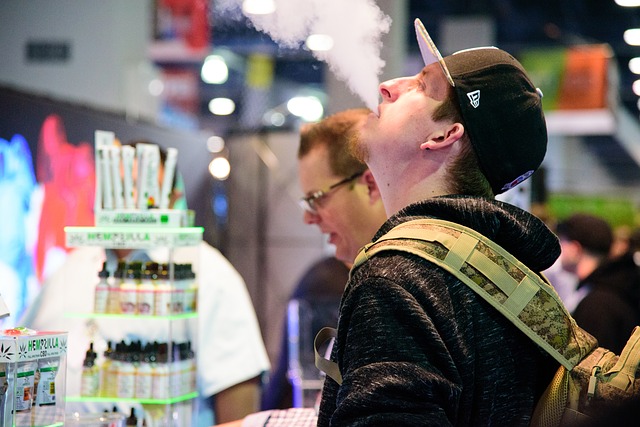Canada’s Department of Health proposes a ban on the production and sale of most vaping flavours

In order to make flavoured vaping products less attractive to youth, the government plans to ban most of their production and sales. Health Canada has presented a draft legislation that would restrict the use of all e-cigarettes with flavors other than tobacco, mint and menthol, but still leave an option for smokers who wish to switch to an alternative source of nicotine.
According to the government, the attractiveness of vaping products among young people continues to grow. To prevent it, the government proposes regulations at the federal level. Smoking e-cigarettes can lead to tobacco addiction, according to the government. Referring to the research the government relies on, flavored e-cigarettes are extremely attractive and enticing to teenagers who are unaware of the negative effects of nicotine use.
The government gave itself and the public 75 days to consult on this topic.
Health Minister Patty Hajdu in an official statement said: “Vaping is putting a new generation of Canadians at risk of nicotine addiction and other harms from vaping. We’re taking this action because we know that nicotine has particular impacts on young people’s brain development, memory and concentration. These new measures build on our efforts to stop young Canadians from vaping. The message is simple-don’t vape”.
The proposed rule change would also limit promotion to tobacco, mint, and menthol flavored products. This would be based on existing laws that prohibit the promotion of the flavors of desserts, cannabis, sweets, energy drinks, and soft drink flavors.
However, according to the regulator, the Canadian market has identified other youth-friendly flavors, with their branding referring to fruit, spices, nuts, alcoholic beverages and other suggestive names such as “honeymoon” and “brain freeze”.
A federal proposal would also restrict the use of most flavoring ingredients, including all sugars and sweeteners, in the manufacturing of vaping products.
It would also set standards that would limit the flavors and smells that may be invented by vaping products manufacturers in the future.
Nova Scotia, New Brunswick, and Prince Edward Island are among jurisdictions that have banned the use of non-tobacco flavors, while Ontario and British Columbia have restricted the sale of flavored e-cigarettes to specialty stores with age restrictions.
Canadian Cancer Society welcomed the taste restrictions proposed by Ottawa as a step in the right direction. However, they also called for a revision of the draft legislation during the 75-day consultation period starting Friday to add mint and menthol to the list of banned flavors, citing its appeal to youth.
Meanwhile, the Vaping Industry Trade Association opposed the proposal, arguing that flavour restrictions would stop smokers from switching to e-cigarettes while doing little to curb e-cigarette use among youth.
The federal government has also finalized legislation that lowers the maximum concentration of nicotine in e-cigarettes sold in Canada from 66 mg / ml to 20 mg / ml. Manufacturers will have to adjust their production until July 8, 2021, and stores will not be allowed to sell products that exceed the limits after July 23, 2021.
Photo from pixabay.com



